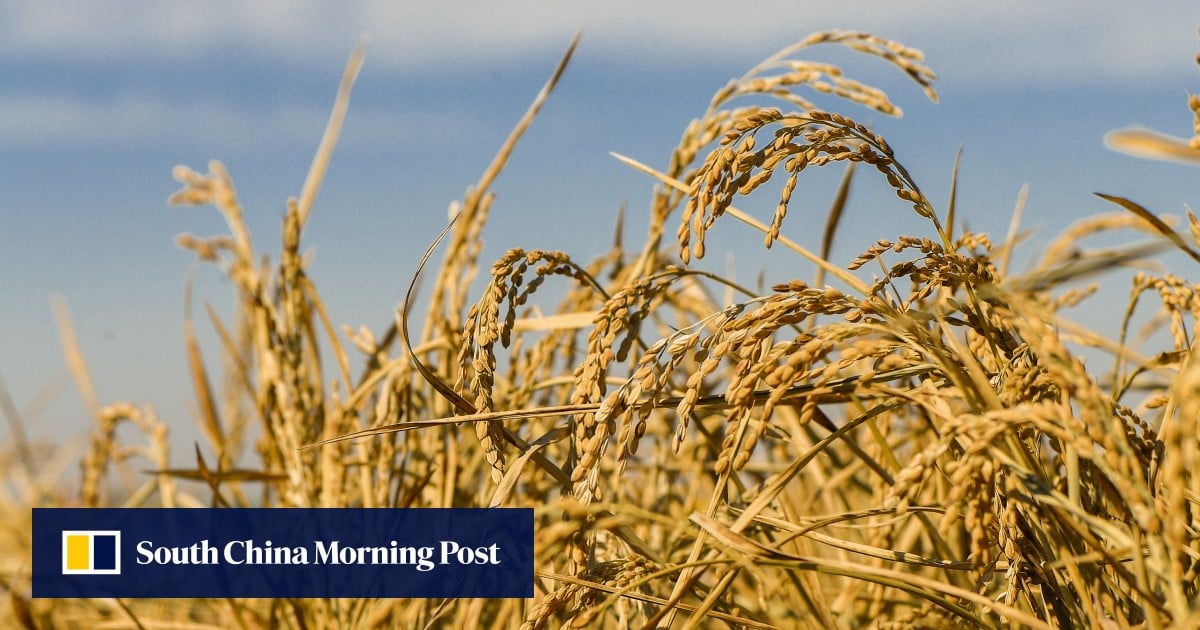The challenge was to find a gene that can cause a rice line to have a small grain size without reducing the number of seeds and yield.
However, the team discovered that this was possible with the ‘ideal grain size gene’ GSE3. Field tests showed that rice lines carrying the gene did not negatively affect hybrid seed numbers; it even led to an increase of 21 to 38 percent.
Hybrid rice is the first generation of offspring of a rice plant fertilized by the pollen of a genetically different rice plant, obtained by pollinating a sterile male line with a self-pollinating recovery line.
The ideal approach to this would be to plant a mix of the sterile and the restorer lines and harvest all the seeds together, before mechanically separating the hybrid seeds from the restorer seeds.
Methods have been proposed to do this – such as sorting by color – but these have “inherent shortcomings,” the researchers said.
It has been proposed that making the male sterile line smaller, which would produce smaller hybrid seeds, and making the restorer line larger would allow mechanical separation using a “simple sieve,” the team said.
The team crossed the ‘super hybrid rice’ variety Tianyouhuazhan (TYHZ) with a range of others. They found that crossing with the small grain Xiaoligeng variety created a smaller male sterile line, which they later identified was due to the GSE3 gene.
The team’s new male sterile line, called Xiaoqiao A (XQA), was bred from a large grain restoration line they had previously created, called Da huazhan (DHZ). The first generation of hybrid seeds produced from this cross were smaller, allowing them to be mechanically separated from the larger seeds produced by the self-pollination of the recovery line.
They found that at a sieve opening width of less than 2.08 mm (0.08 in), the purity of hybrid seeds, sieved according to their grain thickness, was approximately 96 percent, meeting standards for commercial production. By comparison, traditional separation methods have a purity of 96 to 98 percent, according to the article.
Although hybrid seed yield was lower, the team found that the number of seeds per plot was higher when using the XQA and DHZ lines, which is important because this is “a determining factor for commercial hybrid seed production.”
“These field trials thus demonstrate that the ideal male sterile line (XQA) and the recovery line (DHZ) enable fully mechanized hybrid rice breeding,” the team wrote.
